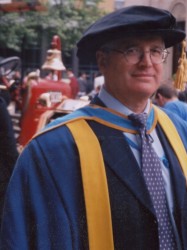BibTex format
@article{Kornyshev:2019,
author = {Kornyshev, A and Sikdar, D and Weir, H},
journal = {Optics Express},
pages = {26483--26498},
title = {Optical response of electro-tuneable 3D superstructures of plasmonic nanoparticles self-assembling on transparent columnar electrodes},
url = {https://www.imperial.ac.uk/people/a.kornyshev},
volume = {19},
year = {2019}
}

